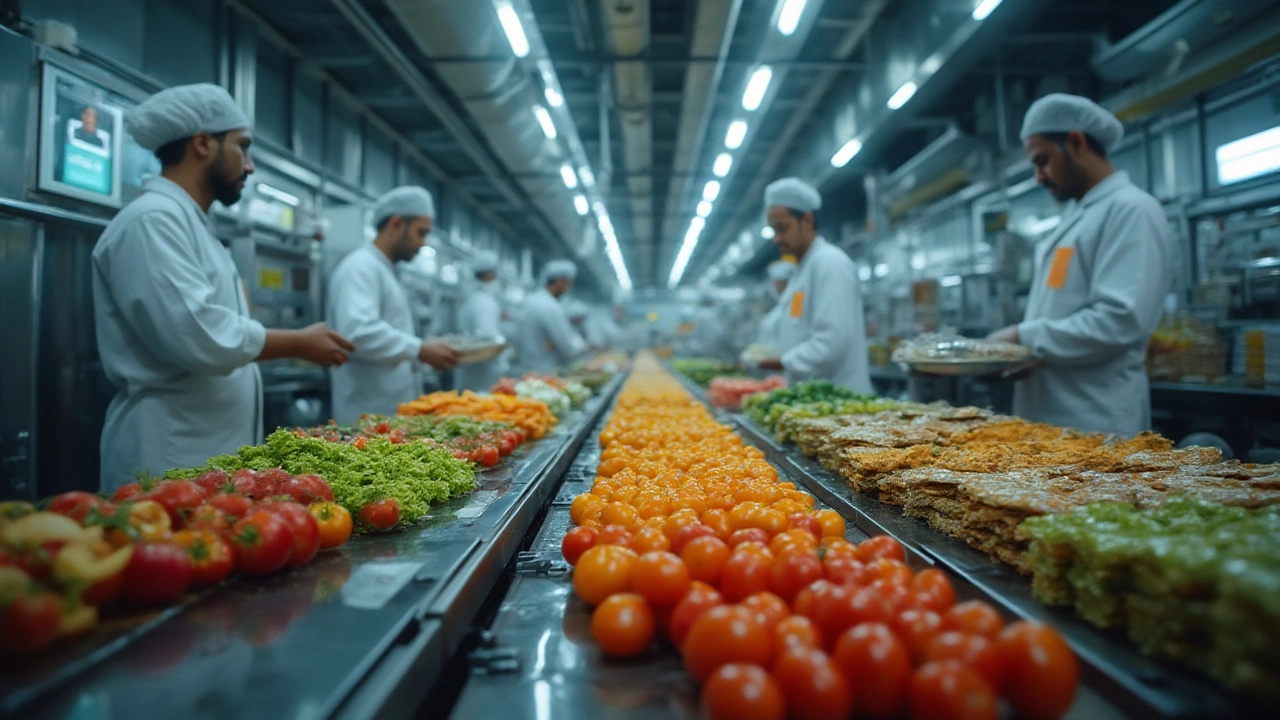Processing Equipment: What Every Manufacturer Should Know
If you run a factory or a small workshop, the right processing equipment can mean the difference between steady profits and constant headaches. You need machines that fit your product, your budget, and your skill set – not the other way around. Let’s break down the basics so you can pick gear that actually works for you.
Choosing the Right Equipment
First, list the core steps of your production line. Are you cutting, mixing, molding, or packaging? Each step needs a specific type of machine. For example, a bakery will look for dough mixers and ovens, while a metal shop needs CNC routers or polishing stations. Once you know the function, compare a few models on three things:
- Capacity: Can the machine handle your daily volume without choking?
- Energy use: Higher power bills can eat your margins, so check efficiency ratings.
- Service support: A local dealer who can send a technician fast is worth paying a bit more for.
Don’t just go by price. A cheap machine that breaks every month will cost you more in downtime and repairs than a slightly pricier, reliable unit.
Keeping Your Gear Running Smoothly
Even the best equipment needs care. A simple maintenance schedule can extend life by 30‑40 %.
Daily checks: Clean debris, lubricate moving parts, and listen for odd noises. If something sounds off, shut it down before damage spreads.
Monthly routine: Tighten bolts, inspect belts, and calibrate sensors. Most manufacturers recommend a checklist – keep it handy on the shop floor.
Annual service: Call a professional for a deep inspection. Replace worn components before they fail. This is especially true for high‑speed gear like grinders or extruders.
Training your operators is another hidden cost‑saver. A worker who knows how to start, stop, and troubleshoot a machine reduces errors and accidents. Short, hands‑on sessions pay off in fewer production stops.
Looking for real‑world examples? The post "How to Become a Successful Manufacturer: Step‑by‑Step Guide for 2025" highlights the 5 M’s (Man, Machine, Material, Method, Measurement) and shows how proper equipment fits into the bigger picture. Aligning your processing gear with these elements keeps the whole line balanced.
Finally, think about future upgrades. Choose machines with modular add‑ons or interchangeable parts. That way, when you need to scale up or switch to a new material, you won’t have to scrap the whole line.
In short, pick equipment that matches your process, keep a tight maintenance loop, and train your team. Do those three things, and your processing equipment will become a profit driver, not a cost center.
Food Processing Units Explained: How Food Factories Work and What You Should Know
Explore how a food processing unit transforms raw crops or meat into packaged goods. Dive into the machines, tech, safety, business, and daily life tied to food factories.
Read More




